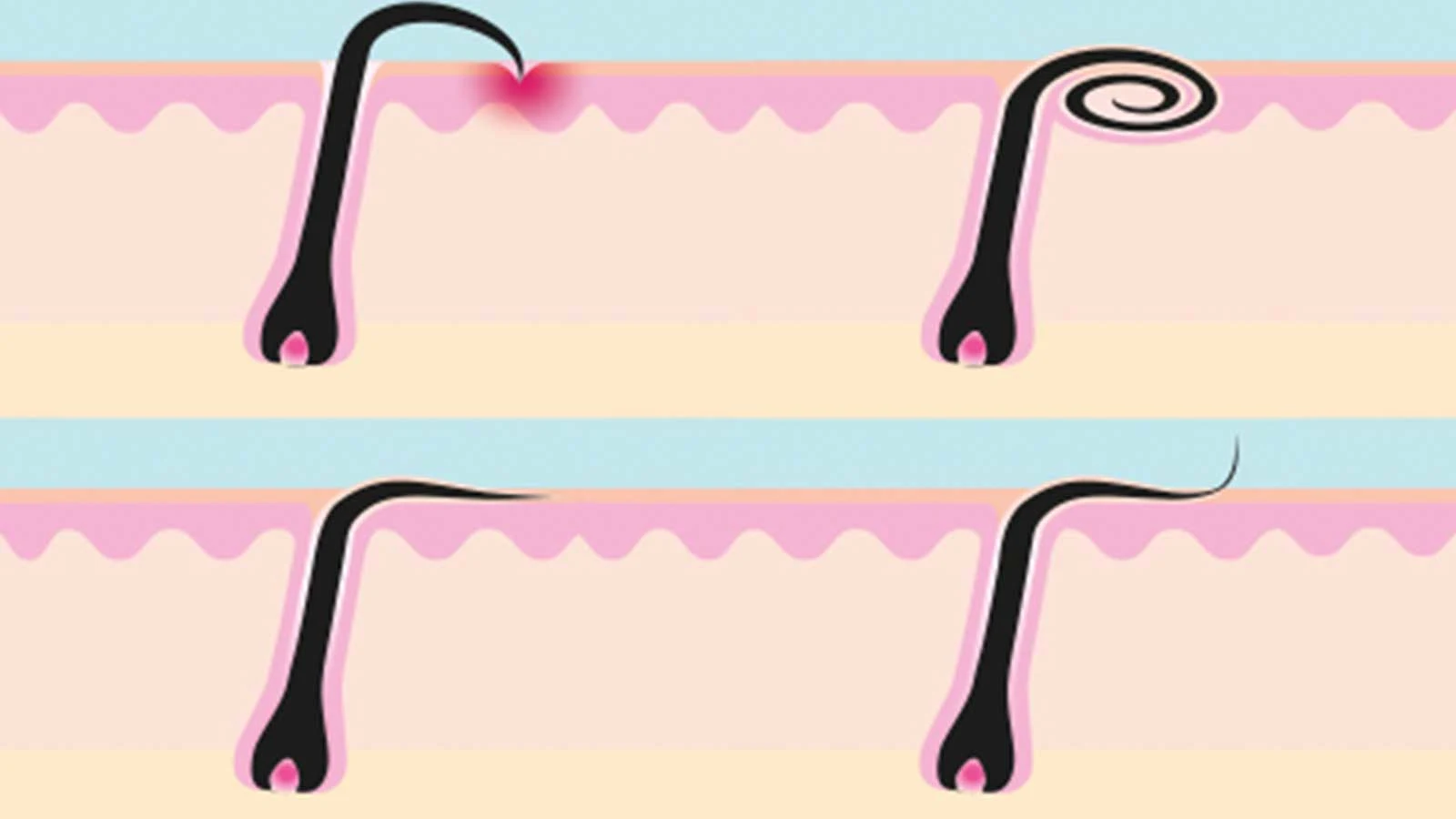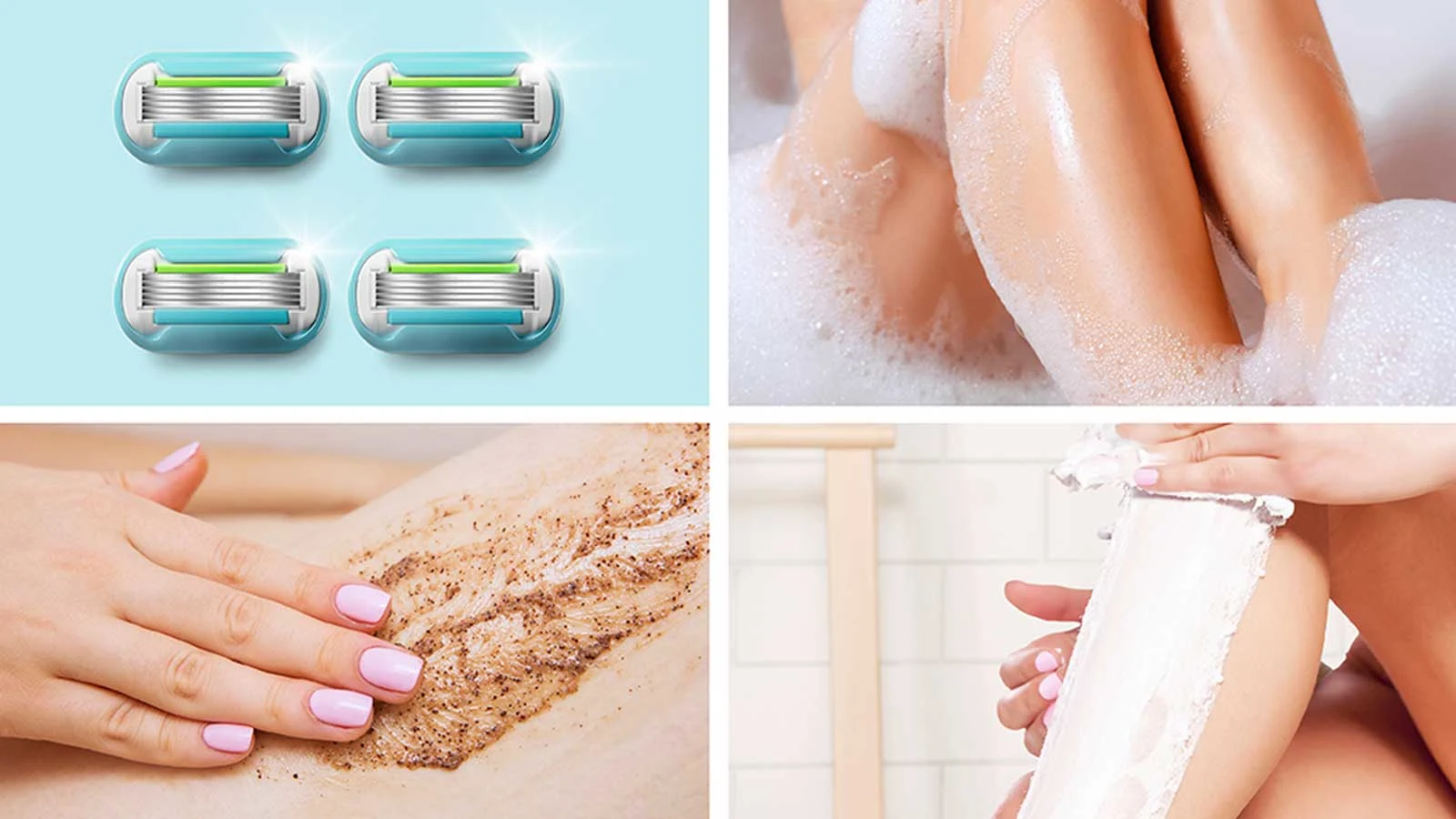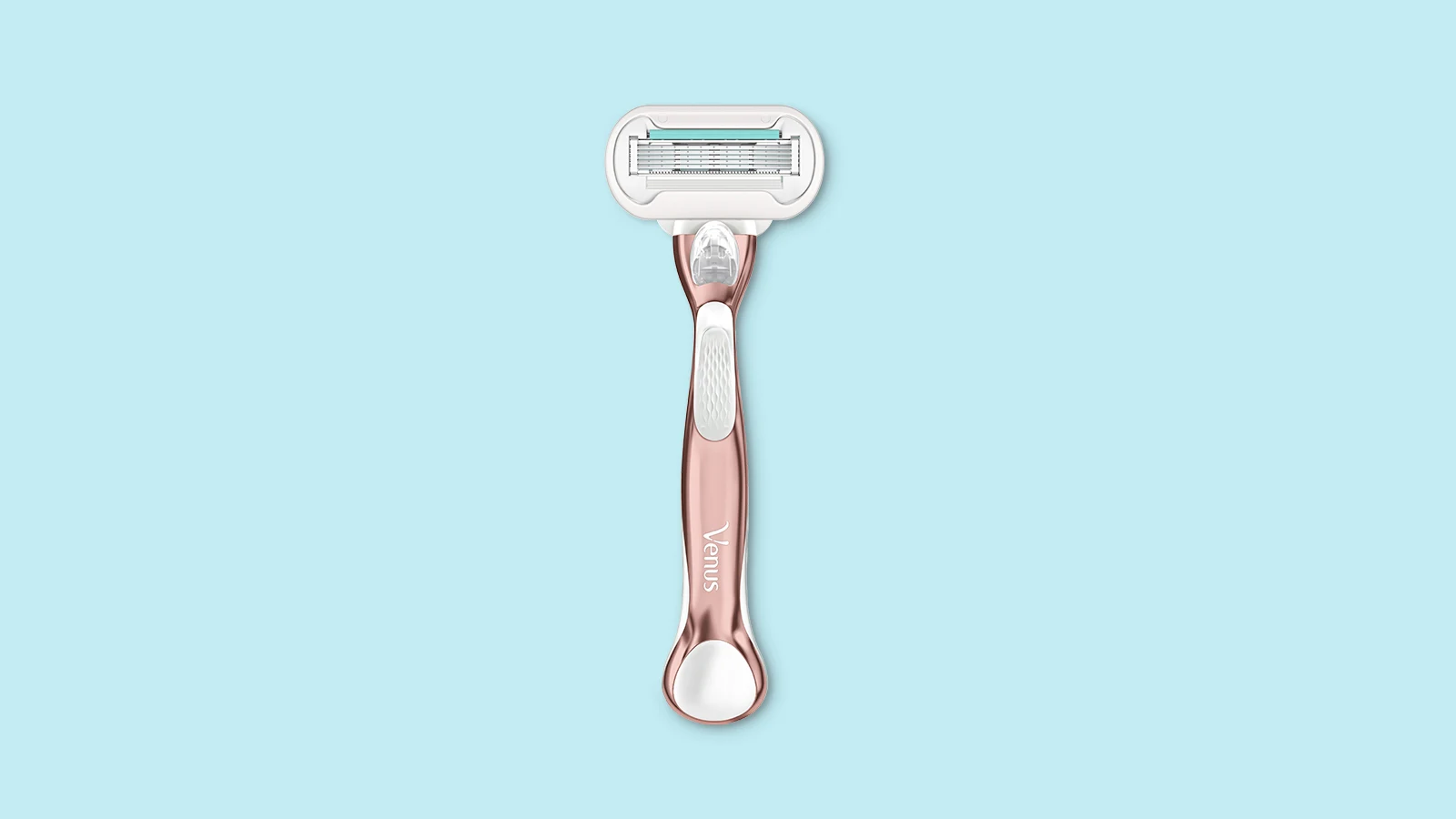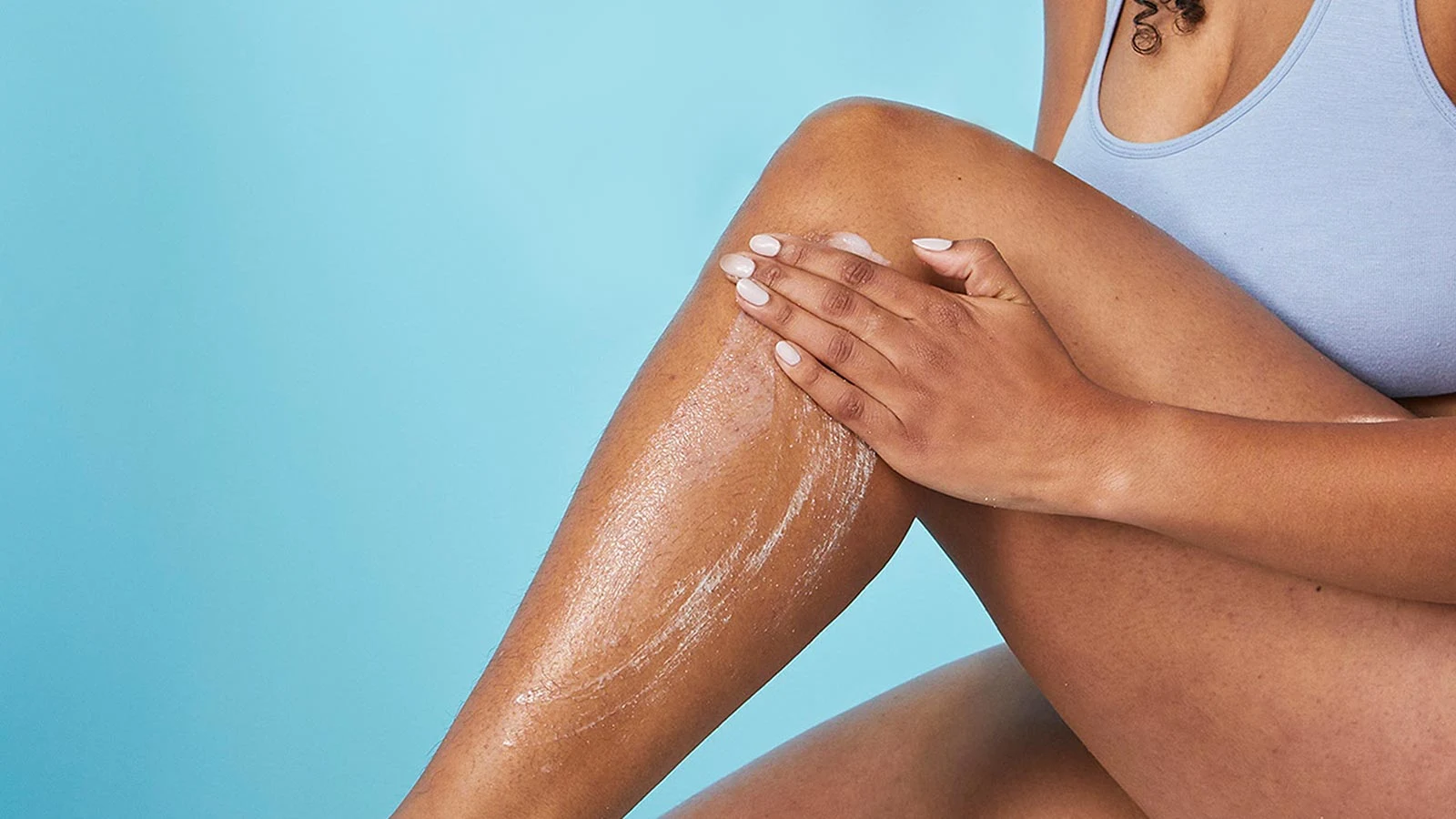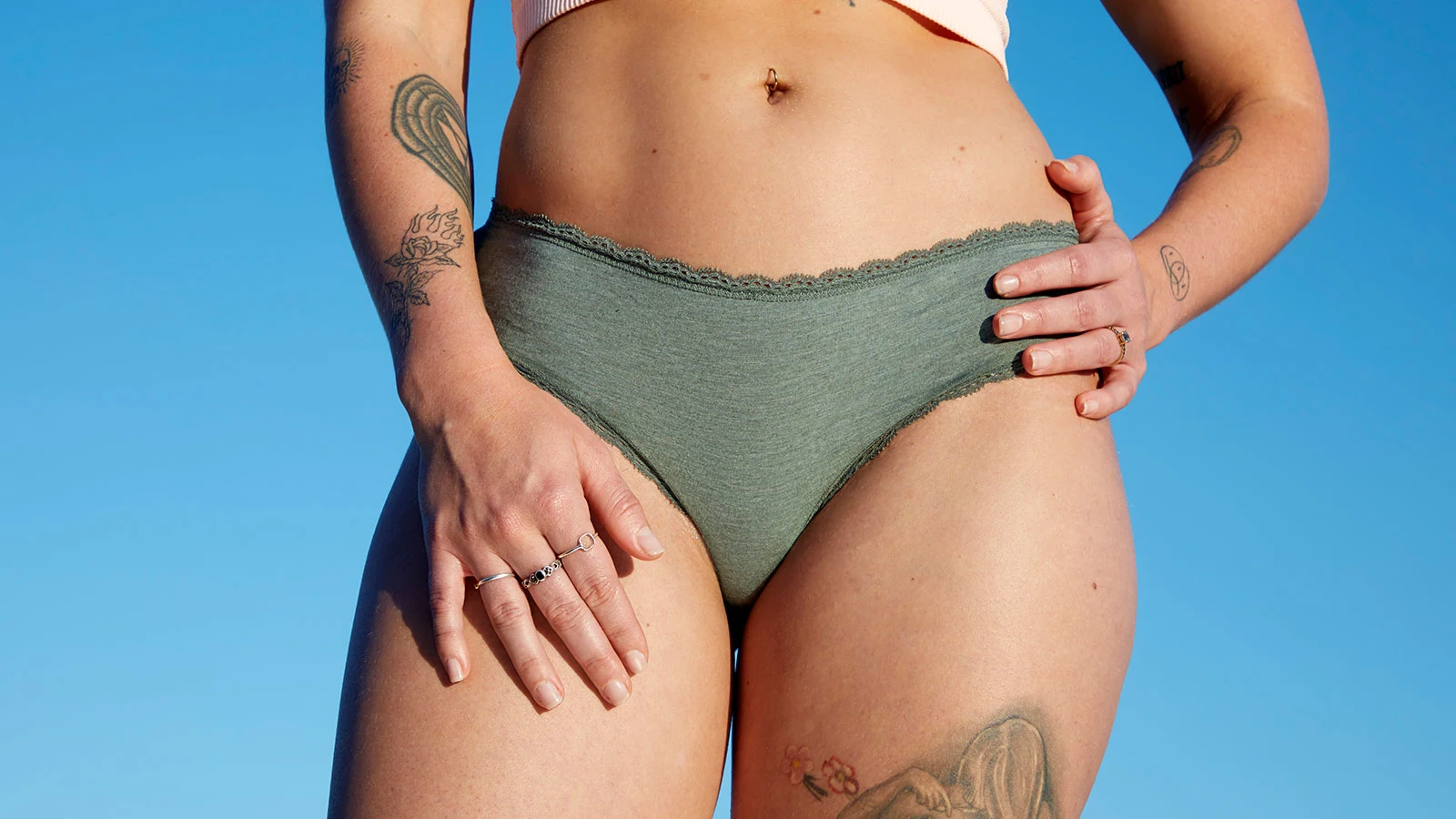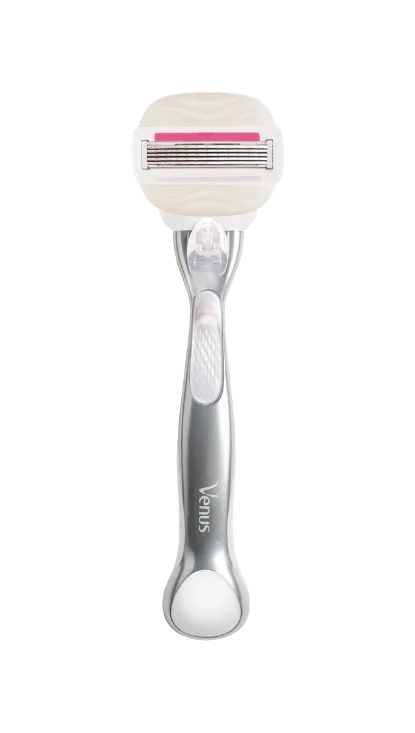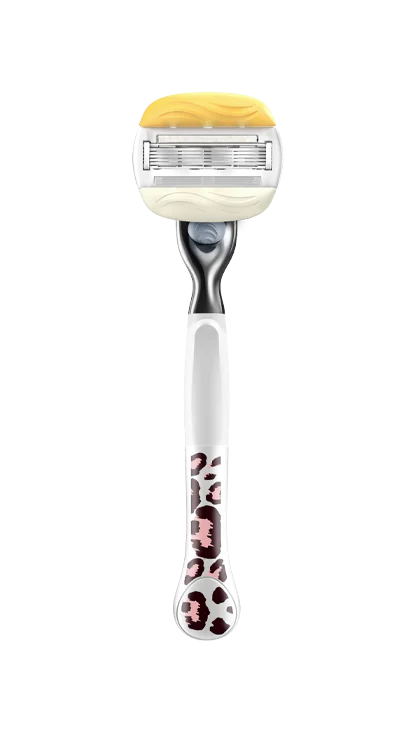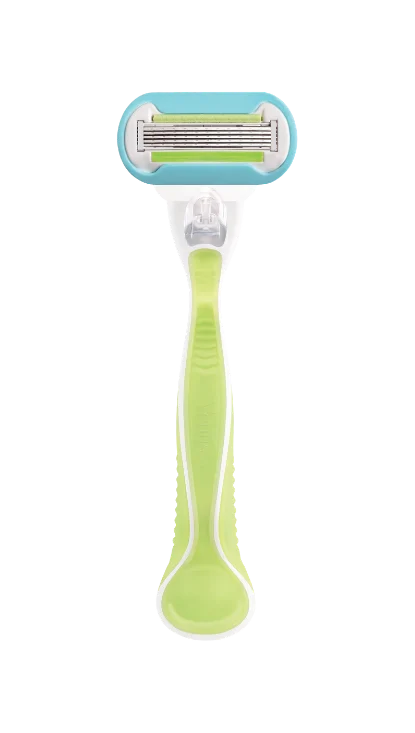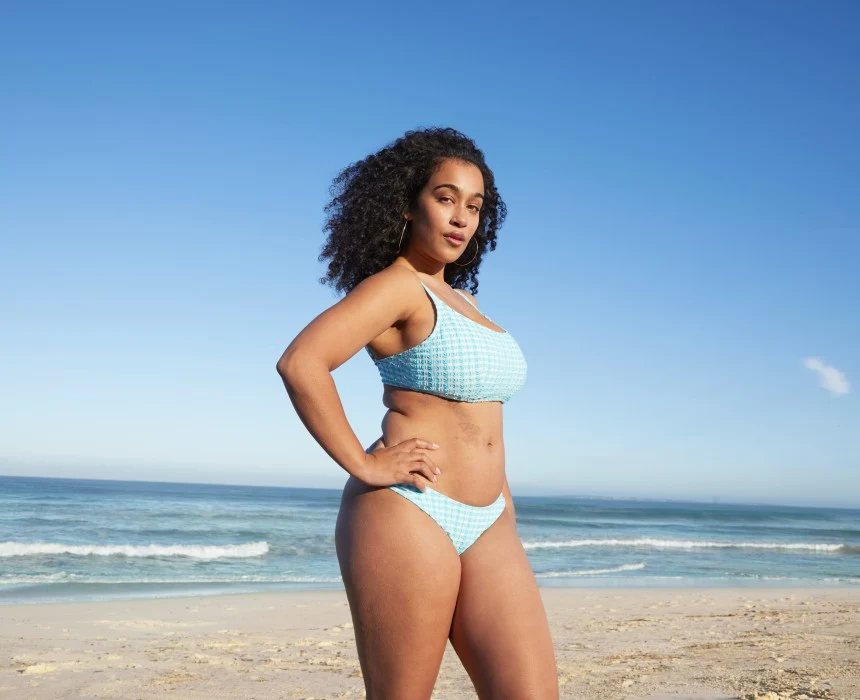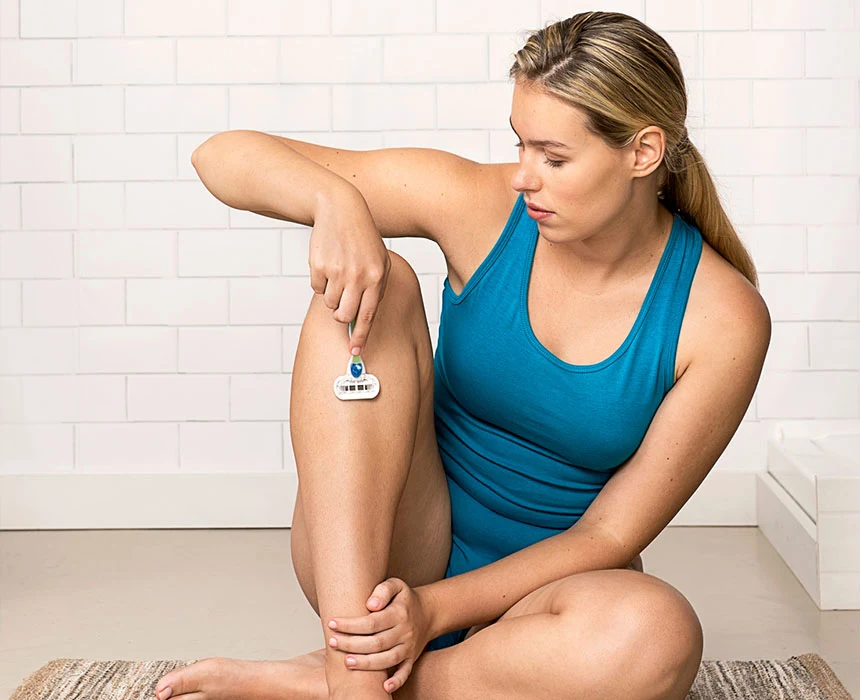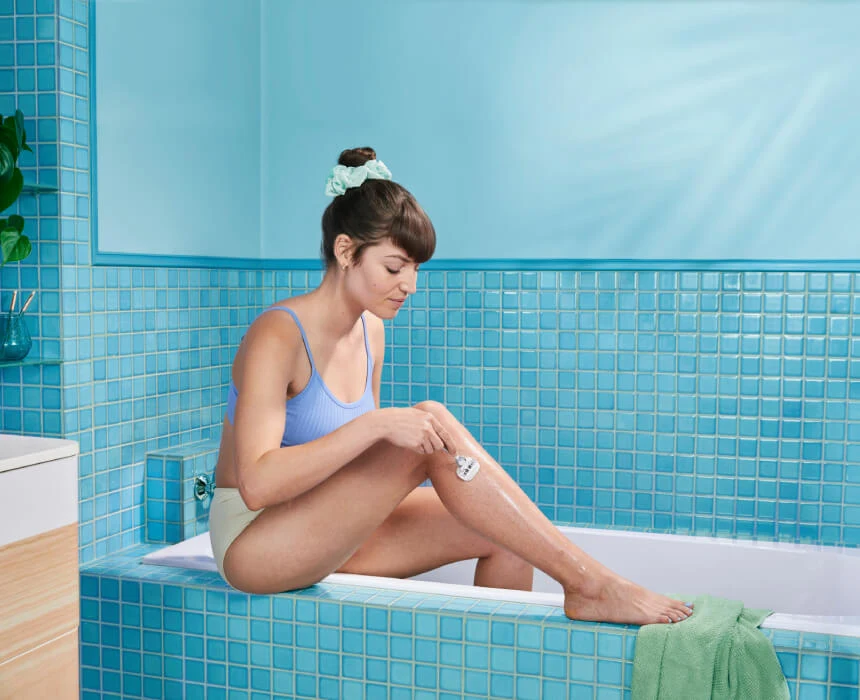Discover the differences between ingrown hair and pimples. Learn causes, treatments, and prevention strategies for clear, healthy skin.
Ingrown Hair vs. Pimple: Know the Difference
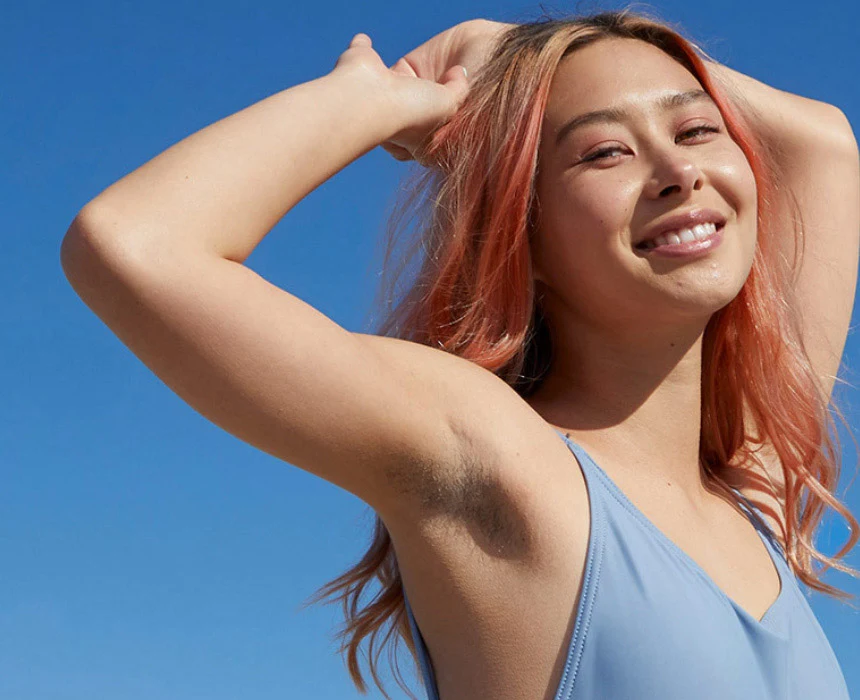
Learn about their causes, symptoms, treatments, and prevention.
Ingrown Hair vs Pimples FAQs
How to tell if you have an ingrown hair or pimple?
Not sure if you’ve got an ingrown hair or a pimple? Look closely at the bump – if it’s an ingrown hair, you should be able to see part of the hair trapped beneath the skin’s surface.
Can an ingrown hair turn into a pimple?
If you don’t treat an ingrown hair, the red bump can turn into a pimple. The small ingrown hair bump can get bigger, redder and more painful, and may even fill with pus.
How long do ingrown hairs last?
Ingrown hairs tend to last for a week or two before they heal. However, if it becomes infected, it can last much longer.
